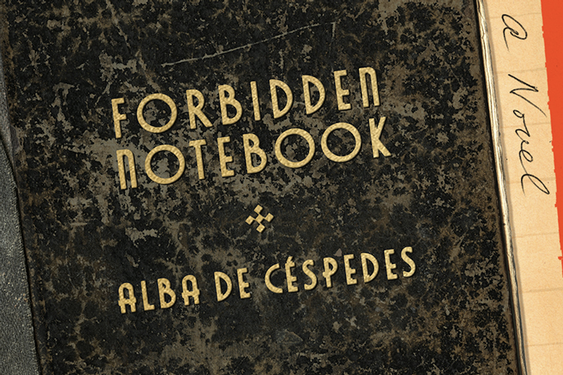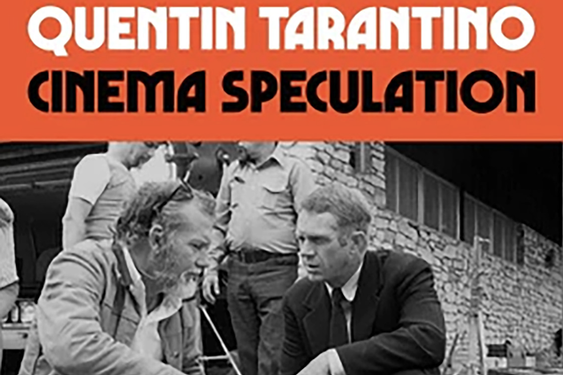When creative arts book publisher, Phaidon, sent over a Cuban cookbook, it brought back memories of my days at the University of Miami. At U of M, weekend excursions to “Little Havana” for Cuban food were the norm as were the many facets of Cuban culture that could be found around the city. This new book, Cuba: The Cookbook is a fascinating exploration of Cuban food culture that is written by Madelaine Vazquez Galvez, a Cuban native, who got her start in the family kitchen, followed by culinary training that took her as far as the former Soviet Union. The co-author Imogene Tondre, an American who grew up in the Bay area of California, has worked with famed chef, Alice Waters, and holds a Masters Degree from the University of Havana for Cuban food culture. Many of the 350 recipes in this book are beautifully captured by Photographer, Sidney Bensimon, who intermixes images of plated recipe dishes with landscape photographs of Cuba throughout the book.
I’ve always been fascinated by Cuba. As a young boy growing up during the Cold War in the 1970s, I was well aware of Castro’s Cuba, the Cuban Missile Crisis and the Bay of Pigs. When I was 12 years old, I remember vividly listening to Fidel Castro speaking before the United Nations in a military uniform, his signature cigar and beard. I also remember hearing about his reputation for suppressing democracy in his country and the political prisoners, held in Cuban jails. I remember Teofilo Stevenson, the 3-time Olympic heavyweight boxing champion, and Alberto Juantorena, who was a double gold medalist in the 400 and 800 meter at the Montreal Olympics in 1976. My Cuban education covered 1959 to present with a few historical events including the sinking of the USS Maine, the Spanish-American War and Teddy Roosevelt's charge up San Juan Hill. (As I write this, I wonder if I was fed a Cuban Cold-War educational curriculum by design.) However, I didn’t know much about the Cuban people themselves, who they were, their culture and in this case, their food.
In the United States, Cuban Americans are extremely patriotic and embracing. I never experienced more warmth and love than from Cuban Americans during my time in Miami. But, what about Cuban islanders? I hardly knew anything about them outside of the sports figures mentioned earlier. Cuba: The Cookbook gives us a peek into that part of the culture. When you think of Cubans, you can’t think of them as indigenous islanders because they are not. The indigenous population was wiped out by the Spaniards and what was left was a melting pot of Cubans who were descendants of Spanish colonizers, African slaves, French, Haitian, Jamaican and Chinese immigrants. Thus, their food has a European sway to it in addition to African, Caribbean and Asian influences. Furthermore, influences from the United States prior to the Cuban Revolution - as well as the Soviet Union after the Revolution - left a mark on the country’s cuisine.
The authors introduce Cuba: The Cookbook with a brief background on Cuban history as well as information on themselves before delving into the substance of the book. Chapters include what you’ll find in the Cuban pantry - island ingredients needed to cook the book’s recipes along with recommended substitutions for hard to find ingredients. The book also touches on devices and techniques used for cooking, such as the “Bain-Marie” technique of cooking food in a pan, that rests inside another pan of hot water, which cooks in the oven or on a stove-top. This technique results in a slower, gentler, more even cooking process. In addition, to a throwback to the old Soviet Union days, many Cuban homes still utilize Pressure Cookers aka “Allas Rusas” or “Russian Pots” to cook their dishes.
From the Cuban pantry, the book takes readers on a journey through Cuban Appetizers and Snacks, Soups, Rice dishes, Pastas, and Pizzas along with a section on Fish, Poultry, and Meat. There’s a whole section on Eggs as well as a section on Salads. A great Sweets and Desserts chapter in the book that is followed by the Drinks chapter. If you want to make a great Mojito, you'll find the recipe here along with one for a Banana Milkshake for the kids. The book is a fun, interesting read as you go from section to section learning how to make a Russian Salad or a Port of Prince Stew.
As I get ready to plan a menu from this cookbook for the family (see list below and photographs), I think about the Cuban people and their hope for the future. I think about their resilience under the thumb of a dictator, sanctions from the United States and the devastating hardships they faced after the collapse of Communism. Now, that the tide has turned, I look forward to visiting Cuba one day and experiencing its culture. In the meantime, I’ll settle for planning this menu and celebrating family as many Cubans do on a daily basis.
For appetizers: (See corresponding photos above.)
Corn Arepas - A smaller version of a crepe made of cornmeal and dressed with sautéed vegetables
Cuban Turnovers - Stuffed with minced pork and salsa
Fresh Fruit Cocktail - Made with mango, pineapple, grapefruit, orange, and papaya
Salad
Lettuce Hibiscus
Soup
Taro Soup
A Port of Prince Stew - a staple in the diet of slaves brought from Africa to work on the sugar plantations.
Rice
Cuban Fried Rice - A dish influenced by Chinese cooking, in which all the ingredients are sautéed together.
Fish, Poultry, and Meat
Squids in its Ink - An emblematic dish in Cuban Cuisine
Fish Baracoa
Vegetables
Sweet and Sour Mashed Plantains and Sweet Potato
Fried Chickpeas
Sauce
Sweet and Sour Guava Sauce served over steamed vegetables
Dessert
Family-Style Rice Pudding - a very typical Cuban dessert, rooted in Spanish culinary traditions.
Guava Sorbet
Drinks for the kids
Summer Juice - A blended refreshing non-alcoholic drink that includes pineapple, cucumber, orange juice and spearmint.
Drinks for the adults
Mojito - the most famous and typical of Cuban cocktails



